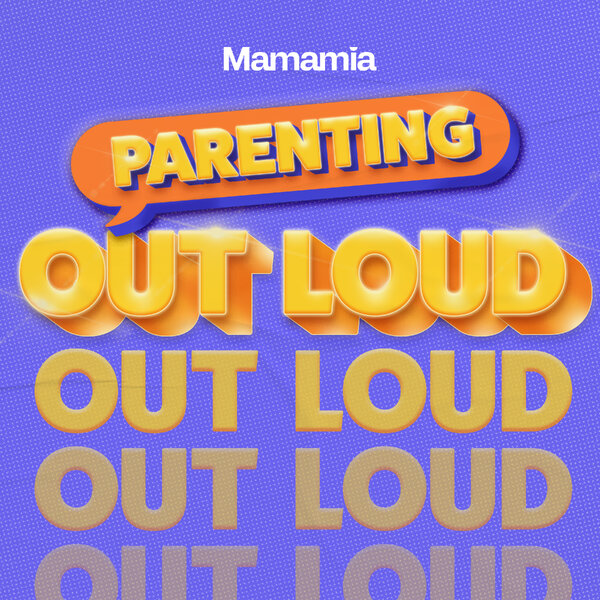The Intergenerational Report released today, says that in 2055, Australians are going to live longer (women will live to 97) and be poorer (even though our average salary will be $117,300).
Intergenerational reports are released every five years. But what exactly is this report, and what should we take out of it? Ben Spies Butcher from Macquarie University explains.
Today, treasurer Joe Hockey will release the fourth Intergenerational Report. Like its predecessors, the government is likely to use the IGR to frame its economic and budget message. What past experience tells us is that behind the messaging, the numbers tell a consistent, and surprisingly optimistic, story. Whatever today’s headlines, remember to look at the numbers and ask one important question – will future generations be richer or poorer on average than today?
The IGRs are required to be produced at least every five years, and have become a normal part of Australian policy-making. This reflects a global trend, where policy makers have focused more attention on the implications of population ageing. The first report was released in 2002, however, the schedule was changed by the Rudd Government, which brought forward the last report to 2010.
The headline of each IGR tends to focus on the fiscal calamity that awaits us if urgent action is not taken to arrest a projected growth in government spending. That certainly seems to be the tone taken by Hockey, who has justified unpopular budget measures on the grounds of intergenerational equity. Yet, to date, there is surprisingly little evidence in these reports to suggest any significant problem.




























































































